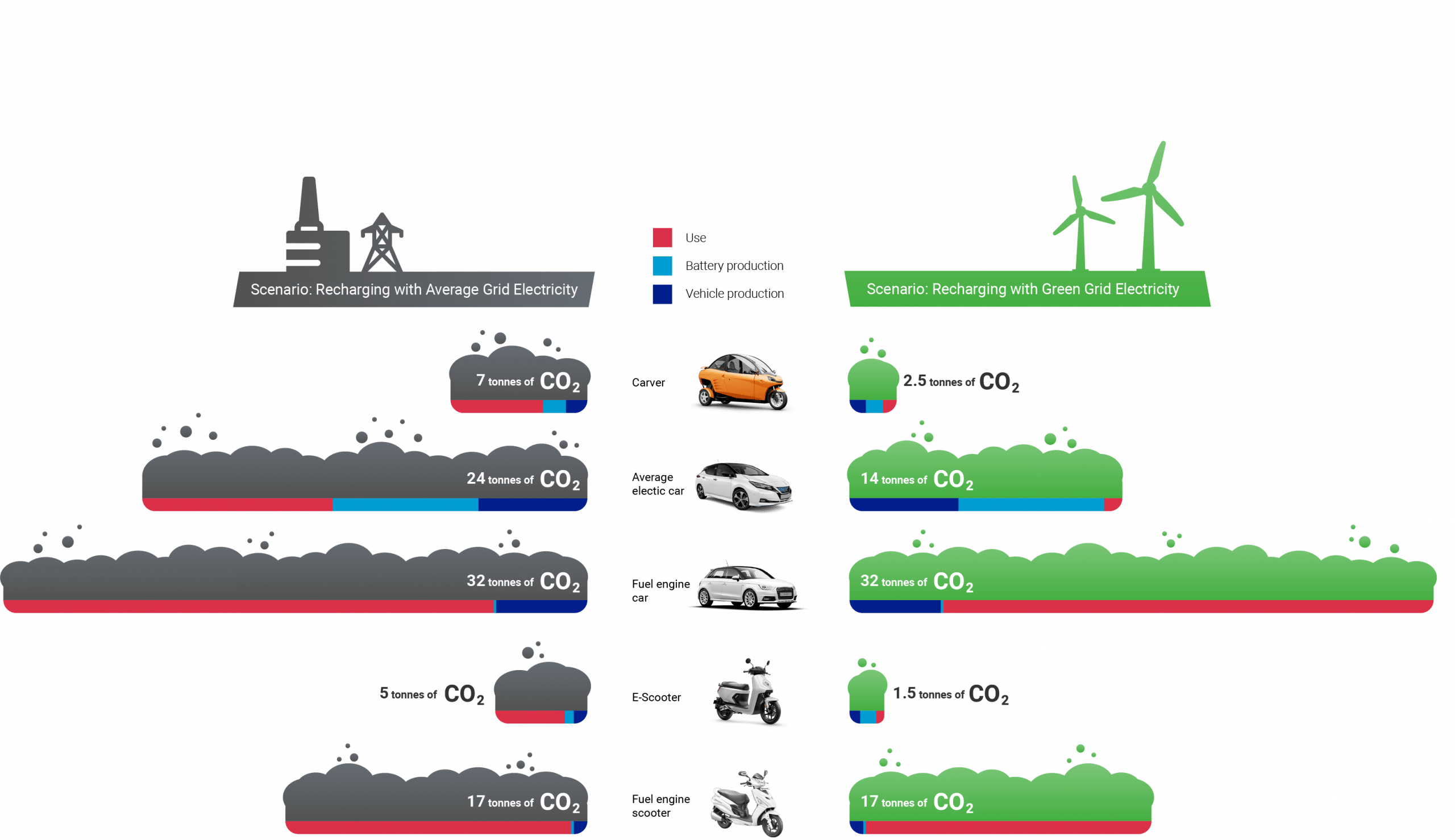
Introduction
The automotive industry plays a significant role in global carbon emissions, making it imperative to address carbon footprints in vehicle plants. This article aims to explore the relevance and importance of reducing carbon footprints in this industry and discuss the potential impact it can have.
Historical Background
Over the years, environmental concerns have become increasingly prominent in the automotive industry. With growing awareness, efforts to reduce carbon footprints in vehicle plants have evolved, reflecting a greater commitment to sustainability.
Key Concepts and Definitions
To understand the significance of carbon footprint reduction, it is essential to define key terms. “Carbon footprint” refers to the total greenhouse gas emissions caused by an individual, organization, or in this case, a vehicle plant. Furthermore, “emissions” are the release of greenhouse gases into the atmosphere, directly contributing to carbon footprints. Additionally, terms like “sustainable manufacturing” and “green technologies” play vital roles in reducing carbon footprints.
Main Discussion Points
Implementing energy-efficient practices in vehicle plants:
Renewable energy sources such as solar and wind power are increasingly being used in manufacturing processes, significantly reducing carbon emissions.
Energy conservation and efficient resource utilization are crucial aspects of reducing carbon footprints in vehicle plants, leading to long-term sustainability.

Adopting sustainable materials and production techniques:
Vehicle manufacturers are incorporating recycled materials into their production processes, minimizing waste and reducing environmental impact.
The application of sustainable production techniques such as lean manufacturing not only enhances efficiency and cost-effectiveness but also contributes to carbon footprint reduction.
Promoting alternative fuel vehicles and reducing emissions:
The development and production of electric and hybrid vehicles are key strategies in reducing carbon footprints.
By reducing exhaust emissions and promoting cleaner transportation options, vehicle plants can contribute to a greener and more sustainable future.
Case Studies or Examples
Several vehicle plants have successfully reduced their carbon footprints through strategic initiatives. These plants serve as examples for others to follow, showcasing the positive outcomes and benefits achieved through carbon footprint reduction efforts.

Current Trends or Developments
The automotive industry is witnessing ongoing trends in carbon footprint reduction, including advancements in technology and innovative practices. These developments are aimed at further reducing carbon footprints and enhancing sustainability in vehicle plants.
Challenges or Controversies
Vehicle plants face various challenges in reducing their carbon footprints. These challenges include the need for significant investments in new technologies, regulatory issues, and resistance to change. Moreover, certain technologies or practices may be subject to controversies, requiring careful evaluation of their effectiveness in carbon footprint reduction efforts.
Future Outlook
Reducing carbon footprints in vehicle plants holds immense implications for the future of the automotive industry. Continued advancements in technology and practices can further enhance sustainability and contribute to a greener and cleaner world.

Conclusion
Addressing carbon footprints in vehicle plants is of utmost importance in the automotive industry’s pursuit of sustainability. By implementing energy-efficient practices, adopting sustainable materials and production techniques, and promoting alternative fuel vehicles, significant strides can be made towards reducing carbon footprints.
References
For further reading or research on carbon footprint reduction in vehicle plants, we recommend exploring reputable sources such as books, articles, and publications dedicated to sustainable practices in the automotive industry.




